![How to remove furballs [ 3 proper ways to treat your knitwear to extend its life ].](https://otokomaeken.com/wp-content/uploads/2018/01/66306f609a2a0e6e34b43f82e1ec7e5c-750x396.jpg)
Regardless of whether the knitwear is good or bad, “furballs” will naturally occur if you wear it. If you do it incorrectly, you may shorten the life of your knitwear. In this issue, we focus on “how to remove furballs,” and introduce “causes of furballs,” “effective ways to remove furballs,” and “measures to prevent furballs.
Suponsered by
Friction” is the cause of furballs
The cause of furballs is the tangling of fine fibers on the surface of knitwear due to “friction. It is said that furballs form when knitwear rubs against other clothes or the walls of the washing machine during laundering, or when it rubs against the cuffs, collar area, and other parts of the body that often come in contact with the wearer’s body during wear. Note that furballs are also likely to occur when carrying a backpack or shoulder bag, as friction is created in the areas that come into contact with the body.
We’ll introduce you to three leading ways to get rid of furballs!
There are multiple variations on how to remove furballs. Regardless of the method, the one thing that all of them have in common when dealing with hairballs is that they are cut off. Since the furballs are cut from fibers that are originally part of the knit, it is important to understand that the more furballs are removed, the more the texture of the fabric will be lost.
How to remove furballs (1) “Royal road! Cut hair balls frequently with a small scissors.”
The royal method is to carefully remove hairballs one by one using small scissors or special scissors for cutting hairballs. The key is to use the scissors parallel to the surface of the knit so as not to cut the sweater fabric itself. Small scissors such as thread cutting scissors can also be used to remove tags sewn on clothes.
For details and purchase, click here.
How to remove furballs (2) “Make effective use of an electric furball remover.
For removing large areas of furballs, it is recommended to use an electric furball remover, as it takes a long time to remove furballs using scissors. An electric hairball remover can remove hairballs with great efficiency. However, the machine is quite noisy during use, and the sound is so loud that the TV volume, etc., cannot be heard. Also, be careful not to do too much at once, as it can damage the texture of the knitwear or leave holes in the knitwear if it is not used on a flat surface.
The product below is by far the most popular product on Amazon. It has received a high number of reviews and high ratings.
Click here for details and to purchase
How to Remove Pilling (4) “Use a Pilling Brush that Won’t Cut the Fabric “
This is also an orthodox method. The advantage of this method is that there is no risk of cutting the knit, unlike the method using a knife. However, if the knit is done carelessly, the knit will stretch, so be on your guard. According to users, it is difficult to use this method for knits with uneven surfaces such as cable-knit knits.
Click here for details and to purchase
Don’t do it! How to remove a furball that damages the fabric
Tearing off the furballs with your fingertips is not the way to go!
From the viewpoint of industry professionals, including staff at dry cleaning stores and apparel stores, the method of tearing off furballs with the fingertips is an absolute no-no. The fabric is damaged by pulling the fibers with strong force. Compared to other methods, there is a high possibility of significant loss of texture, so it should be avoided as much as possible.
Rubbing a dish-washing sponge or sandpaper against knitwear is a no-no!
This method is often introduced as a backdoor method, but should be avoided if possible. The reason is that, as with the above method, “the force to pull the fibers tends to become stronger. The principle is basically the same for the method using sandpaper. It is preferable to avoid using a dish-washing sponge or sandpaper to remove hairballs on delicate knitwear.
Using a hand-held razor to remove pilling is a no-no!
A razor at home can also be used to remove hairballs. However, this is not the preferred method, as it may damage the fabric when cutting the hairballs.
Never use the adhesive side of adhesive tape to pick up furballs!
Adhesive tape can also be used to remove furballs, but this method is not preferred because the adhesive may stick to the sweater and damage it. This method is also inefficient because the furballs do not adhere well.
Four Preventive Measures to Reduce Furballs
Preventive measures for furballs (1) “Take action to reduce friction on your knitwear!”
As mentioned above, the cause of knit pilling is “friction. It is important to be aware of actions that reduce friction, such as ” do not carry a backpack when wearing expensive knitwear,” “do not carry a bag on your shoulder when wearing delicate knitwear,” and ” do not take knitwear on and off in a messy manner.
Preventive measure for furballs (2) “Reduce the frequency of use and make use of innerwear.”
Knitwear and furballs are inseparable. No matter how careful you are, pilling is bound to occur after repeated wear and washing. We recommend that you avoid continuous use of your favorite knitwear, such as your winning knitwear, and limit the frequency of use. It is also preferable to use innerwear as much as possible for knitwear that can be worn on bare skin, such as cashmere and cotton. This will help prevent sweat and sebum from adhering to the knitwear and reduce the frequency of washing and cleaning. In winter, warm innerwear can be worn to further enhance heat retention.
<SEEK Hot Magic>
This garment is easy to use as an inner layer, with cutoffs at the collar, cuffs, and hem. The “Hot Magic” material, which has both heat-generating and moisture-regulating properties, is used to keep the wearer comfortably warm while minimizing heat buildup from heating and other sources. It is also treated with antistatic treatment to prevent static electricity.
Click here for details and purchase
Prevention of furballs (3) “Use a clothes brush for proper brushing to reduce tangling.
The mechanism of furball formation is the entanglement of fibers. Appropriate brushing in areas where furballs are likely to form can prevent fibers from tangling. Careless brushing can cause furballs, so the key point is to “brush the fine fibers on the surface carefully. Brushing clothes removes dust and small debris, which reduces the frequency of friction-induced washing and cleaning, which is another major advantage.
<KENT Clothes Brush>
In addition to taking care of clothes, this clothes brush has the functionality to remove static electricity, which is a concern during the dry season.
Click here for details and to purchase
Preventing Furballs (4) “When machine washing, turn knitwear inside out and use a laundry net.
Washing is one of the situations where friction is added. Even in the case of washable knitwear, washing by hand is the basic method of laundering. However, in some cases, such as when time is short, you may have to rely on the washing machine. In such cases, you should at least take measures to reduce friction, such as ” turning the knit inside out, ” using a laundry net, ” and ” setting the washing time to a short period of time. For expensive knitwear, it is best to wash it carefully by hand or send it to the dry cleaners.
<Glamouric laundry net>
Monotone type in sets of different sizes. Can also be used as packing for travel scenes.

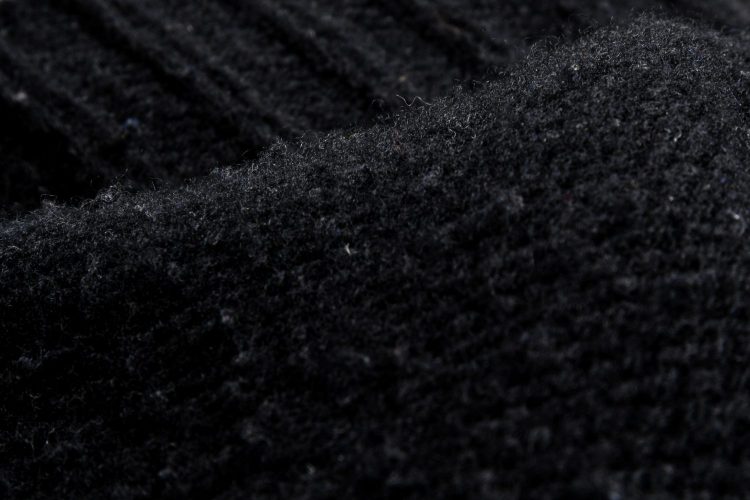
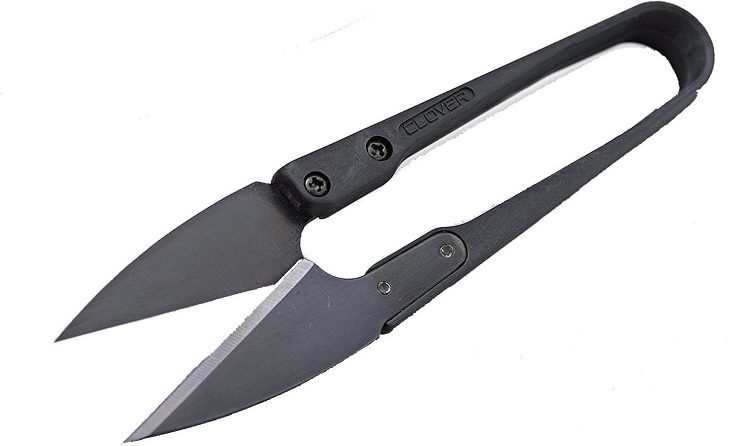
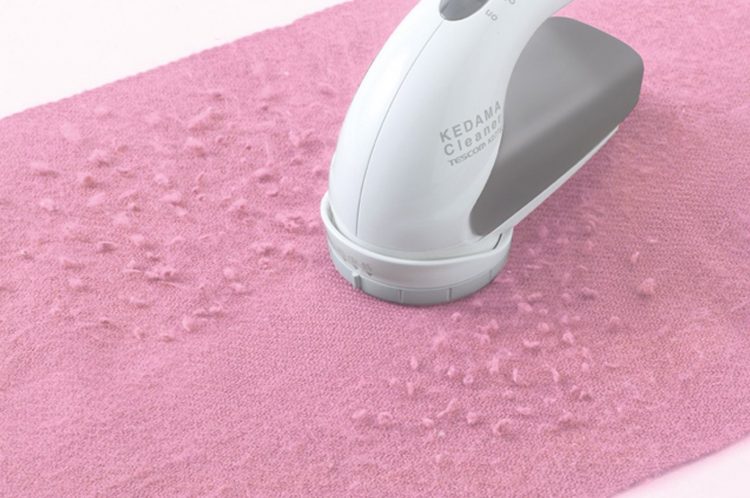
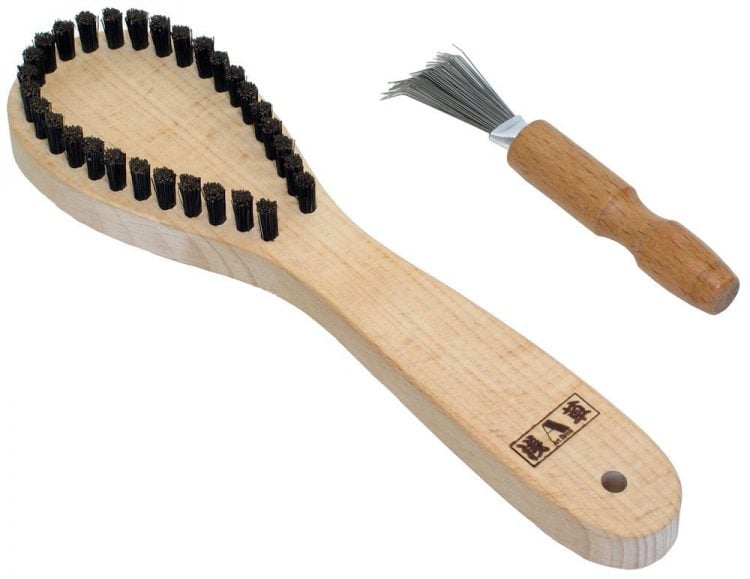
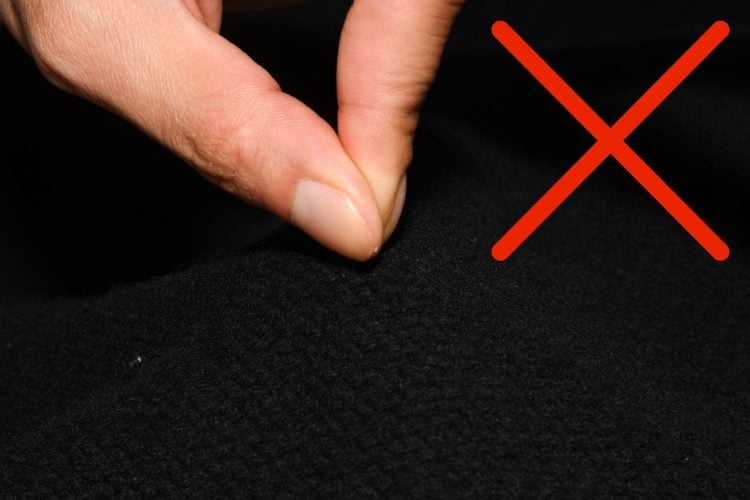
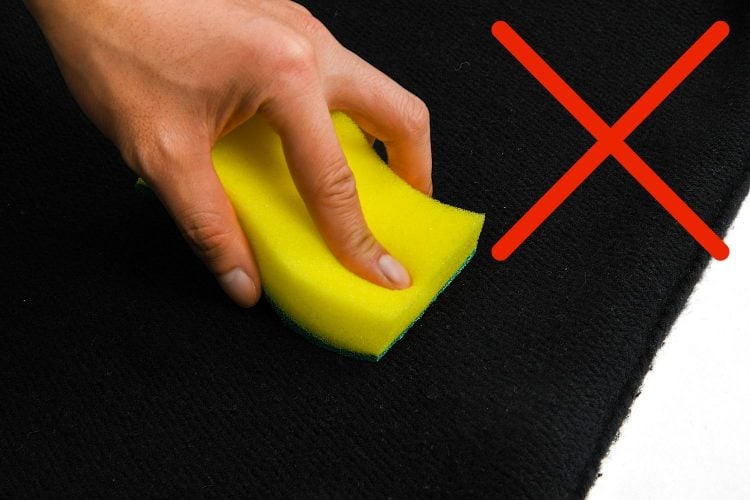
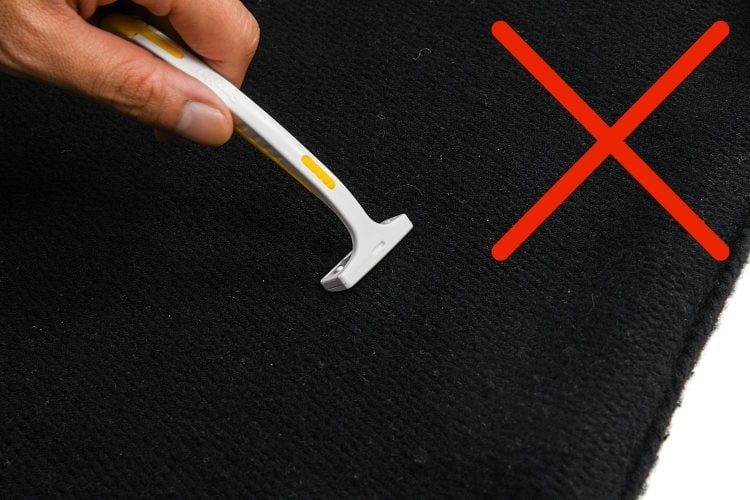
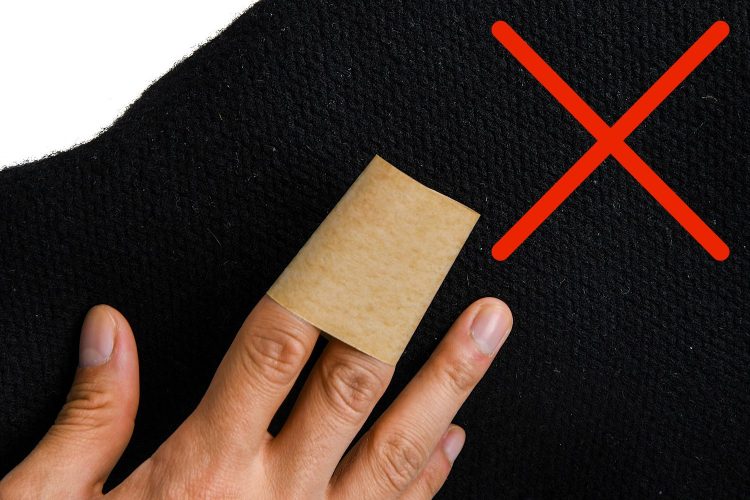
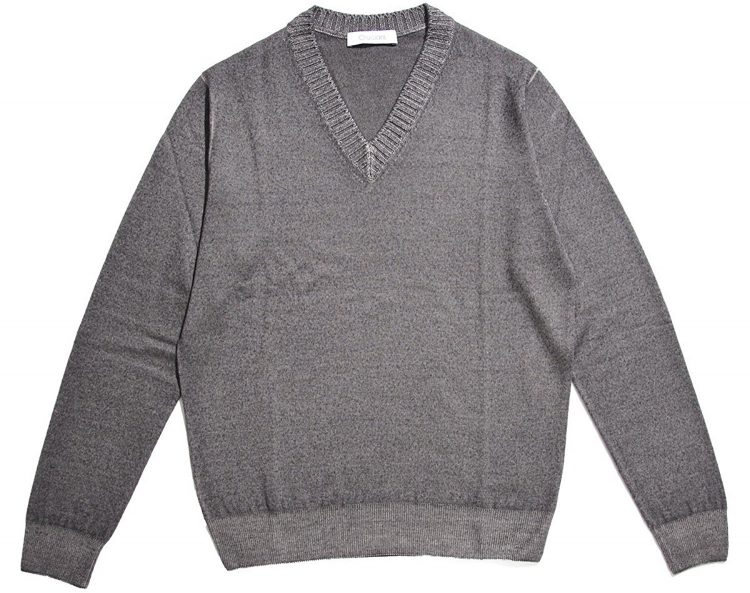
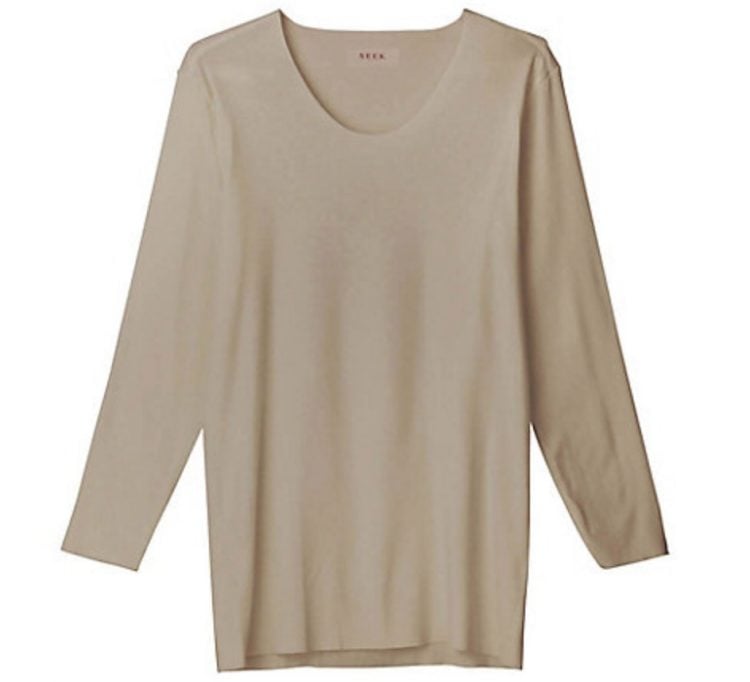
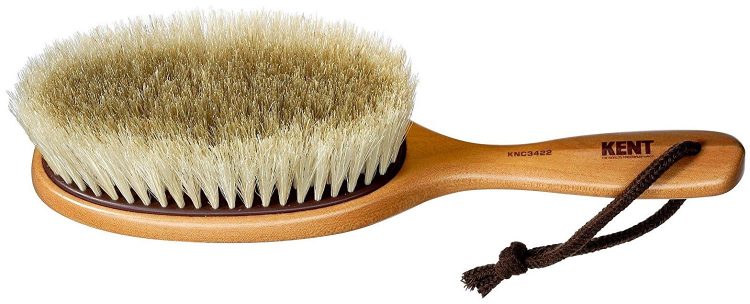
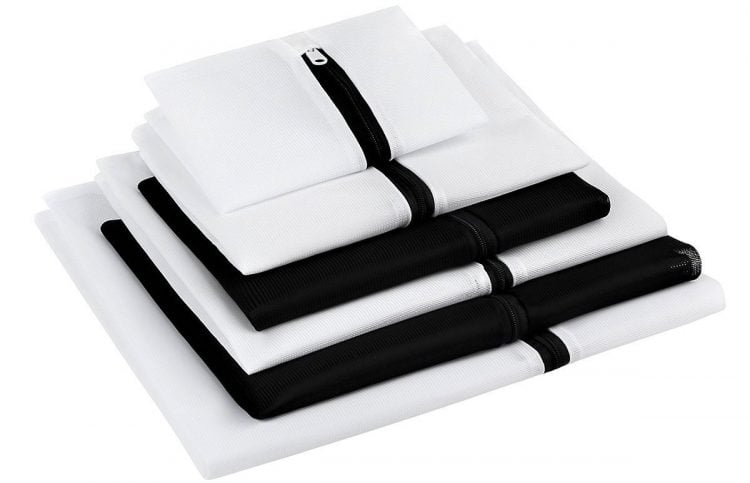



![[ Video Commentary ] “Oriental Knot/For-in-Hand” – A Surprisingly Unknown Knit Tie Knot](https://otokomaeken.com/wp-content/uploads/2016/04/427fd2e41c10545c29b963da5769b25f-1-630x331.jpg)

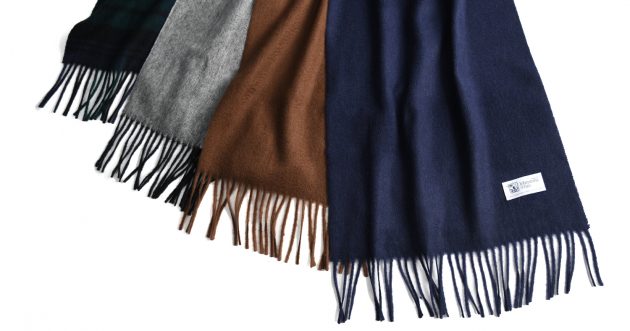
![Winter Cordage Men’s Special [ 8 Ideas for a Stylish Look ].](https://otokomaeken.com/wp-content/uploads/2017/12/dc8035ad2e6fa6b1da73d548cd2844e7-630x331.jpg)



![Winter Clothes Men’s Fashion Outfit/Code Special [ 2021 Newest ].](https://otokomaeken.com/wp-content/uploads/2020/11/0e76d0f529d4d0ebaf955ba85cb89e42-630x331.jpg)
![Shoe keepers [ 5 things to keep in mind when buying ].](https://otokomaeken.com/wp-content/uploads/2017/11/54c39ddccbab69e5776cb0bee1780583-630x331.jpg)















